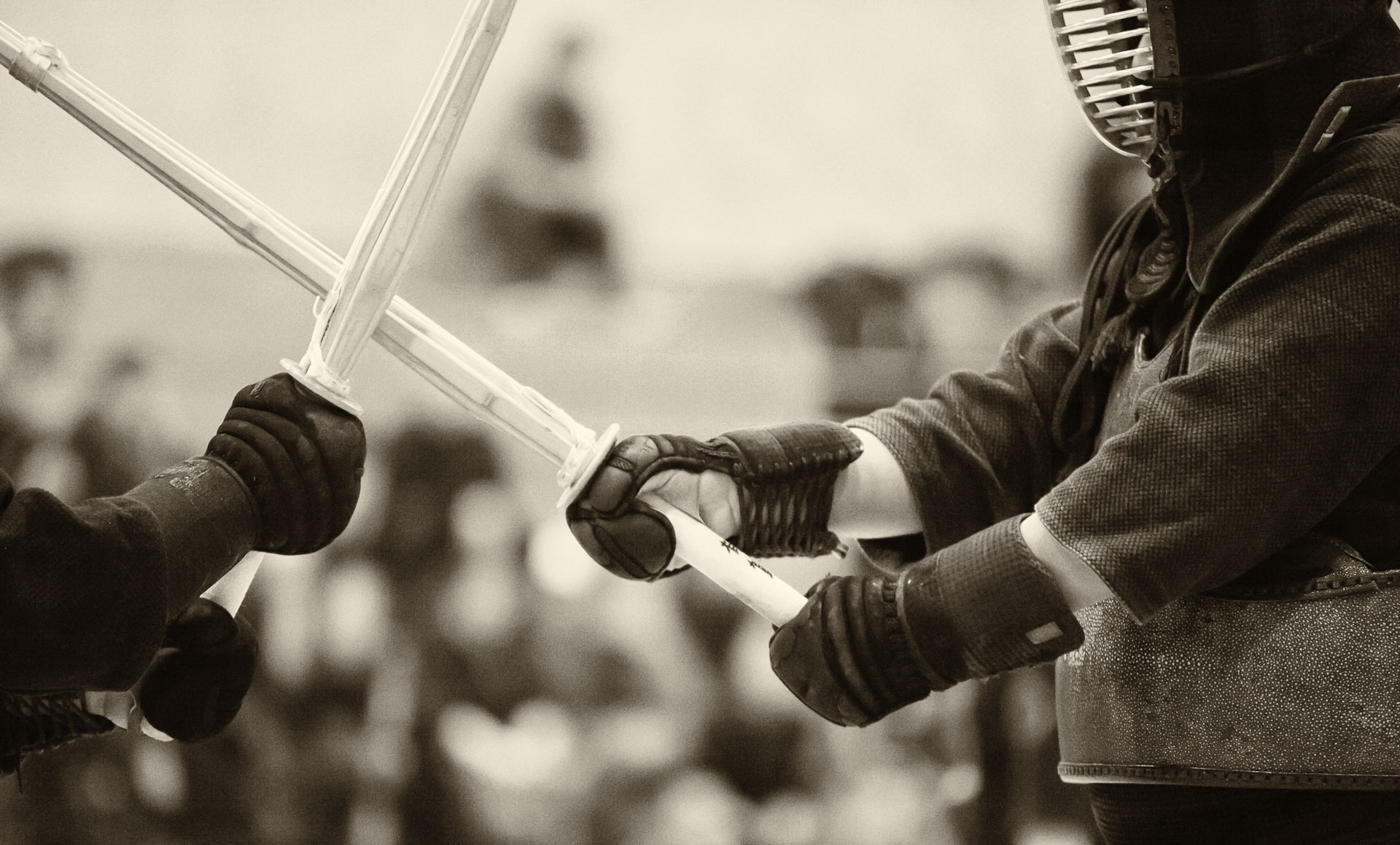With the abundance of learning materials available in various forms (books, online tutorials, course notes, etc.) the question of whether a human teacher is necessary for learning any particular subject comes up more and more often. I encounter this in the engineering courses that I teach, and in photography, kendo and calligraphy that I learn.
I think that elementary aspects of many (if not all) activities can be learned independently (from books, etc.), but at some (relatively high) level, the social aspects become important. To be more precise, I think that a teacher can make a substantial difference at the very beginning of the learning process, by teaching the fundamentals in a “correct” way, and at a relatively advanced stage, after some “homework” or internal processing has been done by the student, by providing feedback and calibrating the newly developed approaches, skills and techniques (and sometimes, the underlying values and motivations).
I wrote earlier about the importance of teaching, i.e. of being a teacher, but recently thought about the role of the teacher from the student’s perspective, after watching a documentary called “Monk With A Camera
” about Nicholas Vreeland, a photographer, who became a Buddhist monk, but kept shooting photos. I find it insightful that at all stages he actively sought a teacher – first by applying, though his mother’s connections, to work for a famous fashion photographer and then by learning from some of the most illustrious Buddhist teachers.































